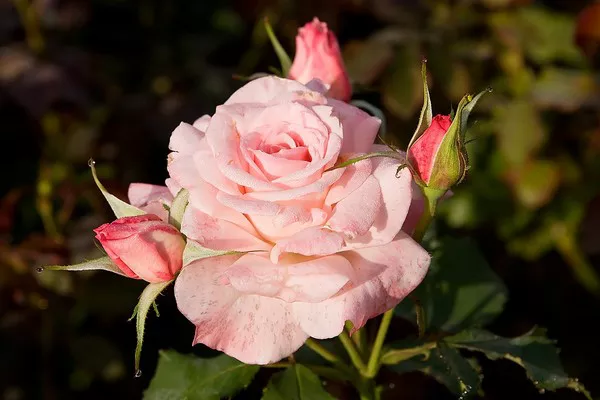Cooking is an art form, and your plate serves as a blank canvas ready to be adorned with colors, textures, and nourishing elements. Remarkably, there are various culinary ingredients at your disposal to help you achieve this creative endeavor, and among them are vibrant flowers. Flowers have played a silent role in our diets for centuries, yet their potential remains relatively unexplored. In this article, we embark on a journey through the gastronomic world of edible flowers, shedding light on some of the most beloved indigenous blooms savored across the country in diverse culinary applications.
Here Are 7 Indigenous Flowers That Double as Edible Delights:
1. Banana Flower
The banana blossom, known as “mocha” in Bengali and “vazhaipoo” in Tamil, rightfully claims its place at the top of the list. It lends its unique essence to dishes such as avial, Bengali torkari (dry sabzi), delectable fritters, and a myriad of other regional delicacies. Possessing a neutral taste that readily absorbs the flavors of the spices it’s cooked with, the added benefit of abundant soluble and non-soluble fibers further enhances the appeal of this culinary gem.
2. Pumpkin Flower
Pumpkin, or “kaddu” in local parlance, enjoys widespread consumption across India. Beyond using this subtly sweet vegetable to prepare various sabzis, you can also savor its blossoms, which grace the kitchen for a limited time and offer a delightful treat. Dip each flower in a besan batter to create crispy fritters, a perfect accompaniment to rice, ghee, and green chillies.
3. Mustard Flower
Similar to mustard greens and seeds, mustard flowers showcase their versatility in the realm of gastronomy. Employ them to create sabzi with sweet potatoes or deep-fry them to revel in their distinctive flavor.
4. Moringa Flower
In Bengal, moringa flowers are consumed as a natural defense against seasonal shifts during spring due to their antiseptic properties, which help mitigate the risk of various seasonal ailments, including pox. Much like mustard flowers, you can savor them in the form of fritters or lightly sauté them for a flavorful sabzi pairing with your rice.
5. Jasmine
As herbal tea experiences a resurgence, several flowers now find their way into creating this soothing beverage, with aromatic jasmine standing out as a favored choice. Infuse jasmine into hot water or chai for a rejuvenating sip to unwind and relax. Additionally, you can employ it to impart floral notes to your cocktails and mocktails, remembering to meticulously clean and sun-dry the flowers beforehand.
6. Rose
The versatility of roses is well-known, extending into the culinary domain where rose water enhances the flavors of a multitude of sweet and savory dishes, including biryani. For an authentic touch, incorporate fresh rose petals. After steeping them in water for a few hours, add them to your preferred foods and beverages to infuse an exquisite aroma.
7. Butterfly Pea
Butterfly pea, also recognized as “aparajita” in Hindi and Bengali, has gained popularity in contemporary cooking. This flower imparts a serene blue hue to your culinary creations while offering a plethora of health benefits. Rich in antioxidants, it is associated with weight management, blood sugar regulation, and promoting healthy skin and hair. Most notably, it is sun-dried and steeped to prepare a refreshing tea for indulgence.

